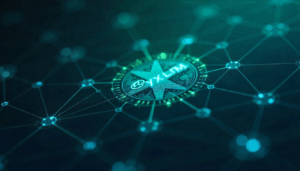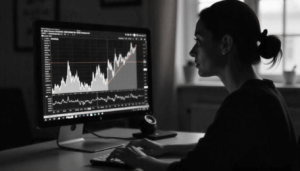AI Under Scrutiny: What Global Regulators Are Planning
Regulating Artificial Intelligence: What Governments Are Doing
Artificial Intelligence (AI) is changing the world at an incredible pace. From voice assistants and facial recognition to predictive healthcare and autonomous vehicles, AI is becoming part of our everyday lives. But while it offers huge opportunities, it also raises serious questions about privacy, fairness, ethics, and safety.
That’s why governments worldwide are stepping up efforts to regulate AI and ensure it’s used responsibly. Let’s dive into how different countries are tackling the challenge of keeping AI in check without stifling innovation.
Why AI Needs Rules
AI brings powerful benefits, but it also comes with significant risks:
- Bias and Discrimination
AI can reflect or even magnify biases in the data it learns from, leading to unfair treatment in areas like hiring, lending, or law enforcement. - Privacy Concerns
Many AI systems rely on collecting and analyzing vast amounts of personal data, raising questions about how that data is stored, used, and shared. - Security Threats
AI can be exploited for cyberattacks, deepfakes, or mass surveillance. - Accountability Gaps
When AI systems go wrong, figuring out who’s responsible—the creators, users, or the AI itself—can be a legal and ethical maze.
Governments want to create rules that protect people and societies, while still allowing AI to drive progress and innovation.
Europe’s Ambitious AI Act
The European Union is leading the way in regulating AI with its proposed AI Act, which aims to be the world’s first comprehensive legal framework for artificial intelligence. The AI Act includes:
- Risk-Based Classification
AI systems are grouped by risk levels—from minimal to high risk. High-risk systems face stricter requirements to ensure safety, fairness, and accuracy. - Transparency Measures
People must be told when they’re interacting with AI tools like chatbots or automated decision systems. - Bans on Certain AI Uses
Some AI applications, such as social scoring systems that could infringe on human rights, would be prohibited under the proposed rules.
Although still being finalized, the AI Act is expected to influence global discussions on how AI should be governed.
The United States: A More Fragmented Approach
The United States has yet to adopt a single, sweeping AI law. Instead, its approach is more piecemeal:
- Industry-Specific Rules
Regulations often focus on particular sectors like healthcare, finance, or transportation. - Blueprint for an AI Bill of Rights
In 2022, the White House unveiled a framework emphasizing fairness, privacy, and transparency in AI use. - Ongoing Policy Conversations
Lawmakers and regulators are debating how best to build a unified national strategy for AI oversight.
China: Innovation with Tight Control
China is forging ahead in AI development while keeping tight government oversight. Its regulatory efforts include:
- Algorithm Transparency
Companies must disclose how their recommendation algorithms work and ensure they don’t promote content that threatens social stability. - Facial Recognition Regulations
New laws restrict how facial recognition technology can be deployed, especially in public spaces.
China’s model focuses on maintaining government control while pushing rapid technological progress.
Other Countries Join the Conversation
- Canada is developing the Artificial Intelligence and Data Act to regulate high-impact AI systems.
- The United Kingdom is favoring flexible, sector-focused guidance instead of one overarching AI law.
- Australia, Japan, and South Korea are all exploring frameworks to guide ethical and safe AI development.
The Challenges of Regulating AI
Creating effective AI regulation isn’t simple. Governments face several hurdles:
- Keeping Up with Rapid Change
AI technology evolves quickly, often faster than legislation can be written or updated. - Global Disparities
Different countries are crafting different rules, posing challenges for companies operating across borders. - Balancing Act
Lawmakers must ensure that regulations protect people without stifling technological innovation and economic growth.
Looking Ahead
AI regulation is still a work in progress, but one thing is clear: governments worldwide recognize that guardrails are needed. The conversation has shifted from if AI should be regulated to how best to do it.
Businesses, developers, and everyday users should pay attention to these changes. The rules being shaped today will influence how AI affects our work, privacy, rights, and daily lives for years to come.
One thing’s certain: The future of AI won’t just depend on technology—it will depend on the laws and policies we build around it.
Share this content:













